Everyone should be entitled to tax relief throughout the year, including landlords.
Although being a landlord can create a steady income stream, it’s not without its expensive taxes.
There are several areas where you can claim some of your money back, but knowing where may not be instantly apparent.
This post will act as a guide, letting you know where you may claim tax reliefs with your let property.
Expenses
If you’re a residential landlord, you can claim for the day-to-day costs of letting, managing and maintaining your property.
This will come as a welcome surprise to those who don’t know. As with expenses in any area, you can only claim on expenditure which is incurred ‘wholly and exclusively’ for the purpose of running your property.
The expenses must also be ‘revenue expenditure’, which means they’re incurred so you can earn income. Costs of an extension or refurbishment are not classed as revenue but as capital expenses that can be deducted from your capital gains when you decide to sell the property.
The expenses you can include and claim for include:
- contents and building insurance
- repairs and replacements of fittings and furnishings
- utility bills and council tax
- professional service fees – like accountants or letting agents.
Tax credits
Before 2017, mortgage interest and other costs were classed as an allowable expense so landlords could deduct buy-to-let mortgage interest payments from their annual income.
Now landlords receive a tax credit equal to 20% of whichever of the following is lower:
- finance costs – costs not deducted from rental income in the tax year, plus any costs brought forward
- property business profits – profits of the property business in the tax year
- adjusted total income – the income left after losses and reliefs, excluding savings and dividends income, that exceeds your personal allowance.
The credit also applies to interest on any borrowed money used for your property business, such as paid equipment used for repairs.
Allowances
Landlords can claim property allowance and get up to £1,000 a year of tax-free property income. If you do claim this, you cannot claim a deduction for your expenses.
You’ll also be able to claim a deduction for the replacement of household items such as:
- moveable furniture – like beds or free-standing wardrobes
- furnishings – curtains, linens, carpets and floor coverings
- household appliances – televisions, fridges and freezers
- kitchenware – crockery and cutlery.
You cannot claim a deduction if the costs are for new domestic items, only replacements, but cover unfurnished, part furnished and fully furnished properties.
Calculating your taxable profits
The best way to work out your profit or loss will be by treating all of your receipts and expenses as one business, even if you let out more than one property.
You should add all of your rental income and allowable expenses and deduct the expenses away from the income. The tax you’ll pay will depend on your total tax for the year from your employment, self-employment or pensions, plus any allowances you claim.
Get in touch
At Diamond Accounts, we’ve been helping landlords like you deal with their tax obligations for years, so we’re perfectly placed to help you with any queries you may have about tax reliefs.
Get in touch today to find out how we can help.

